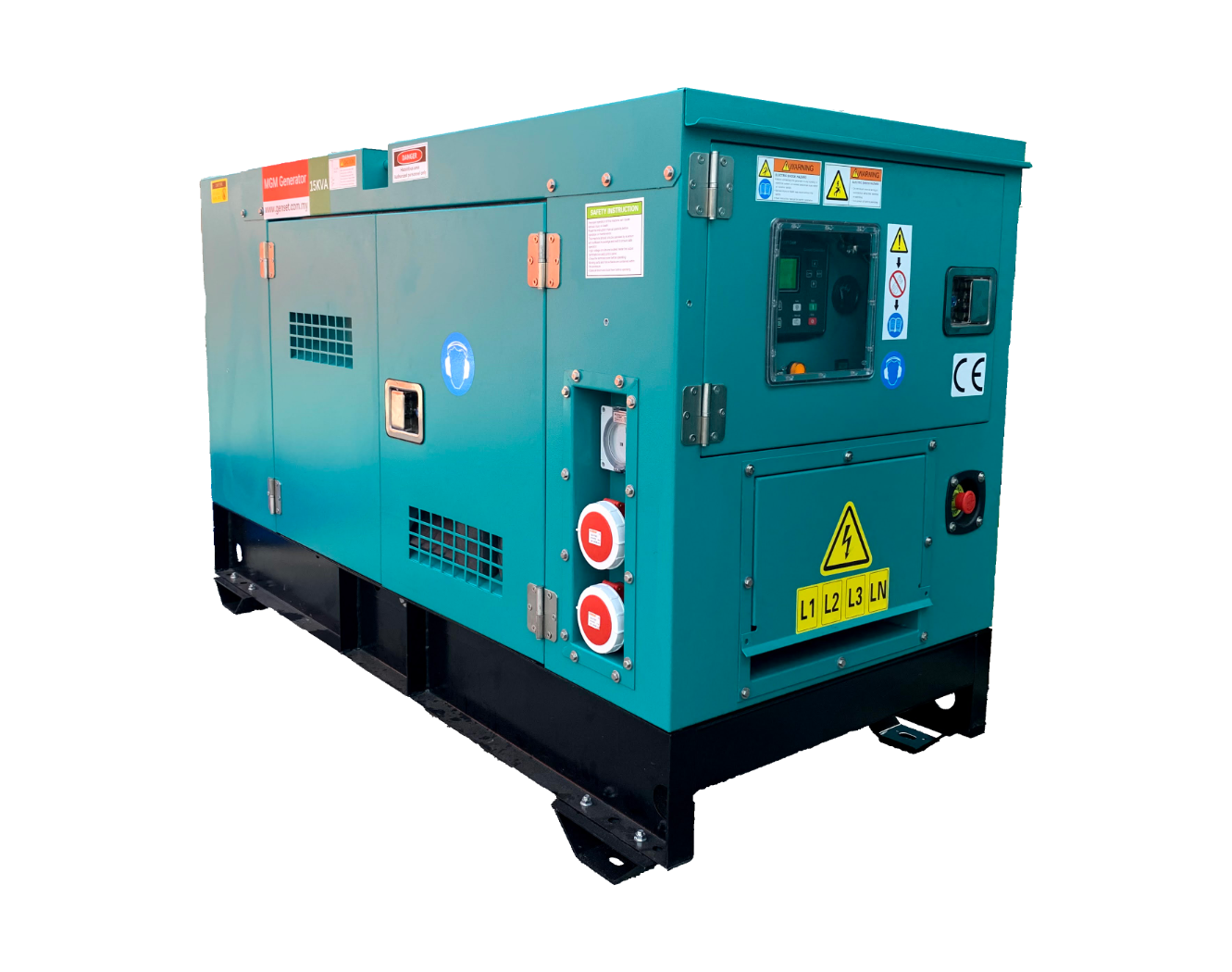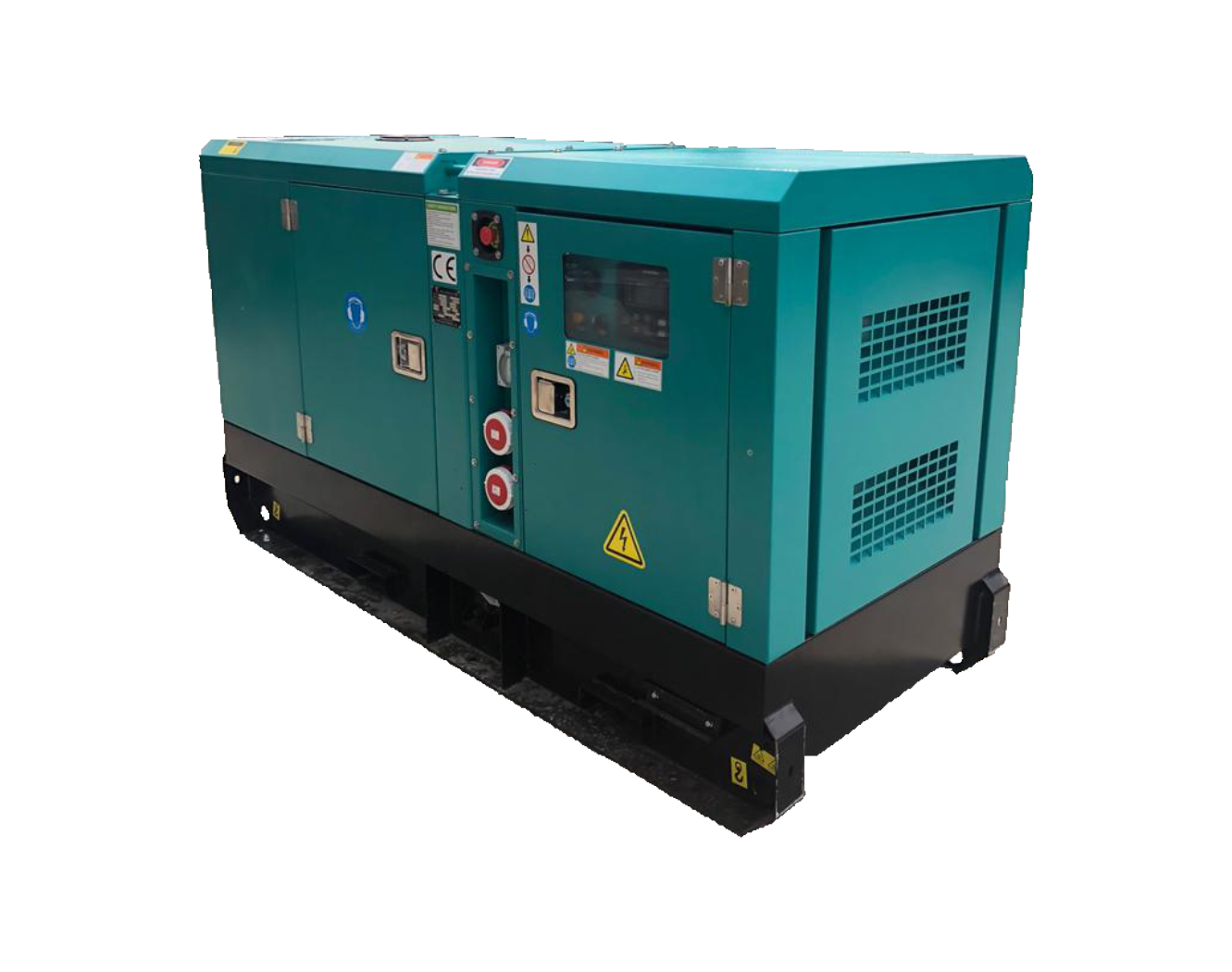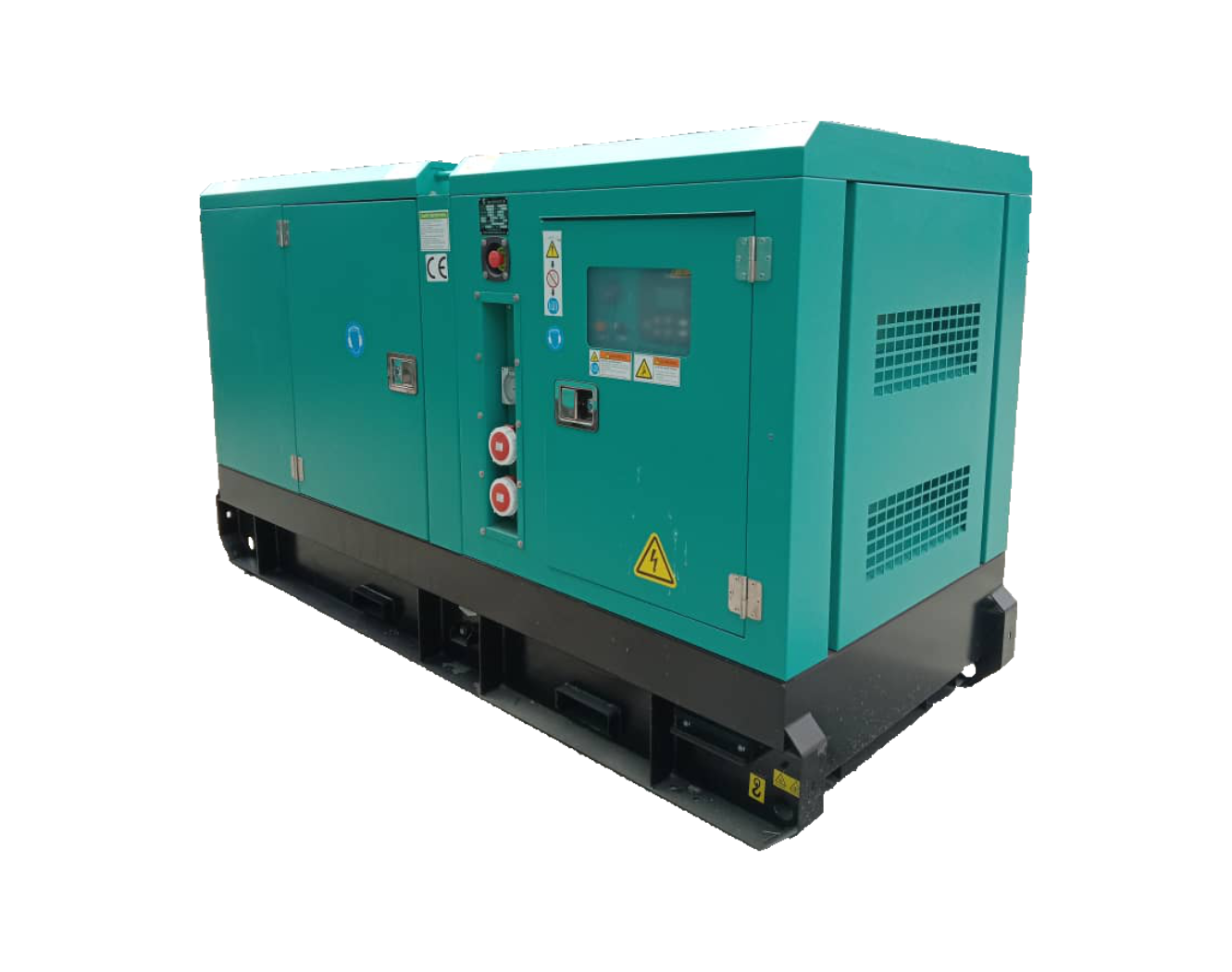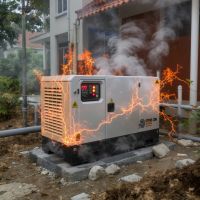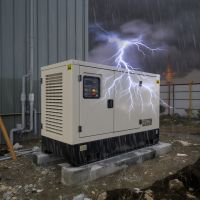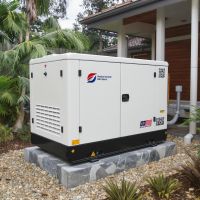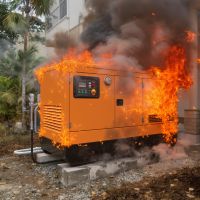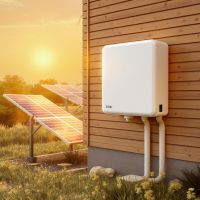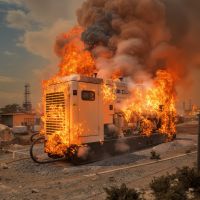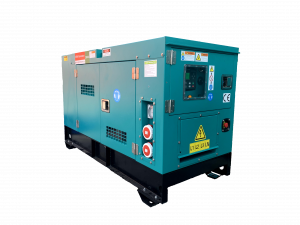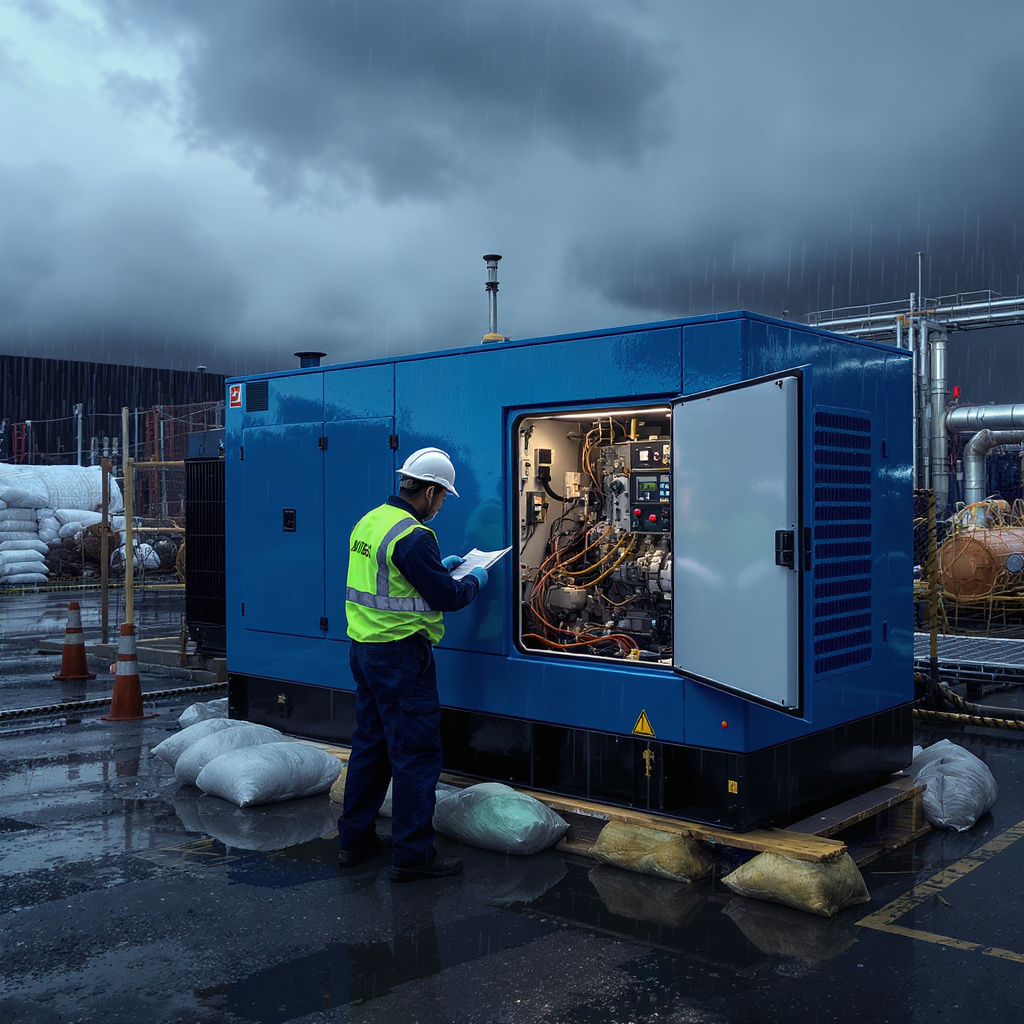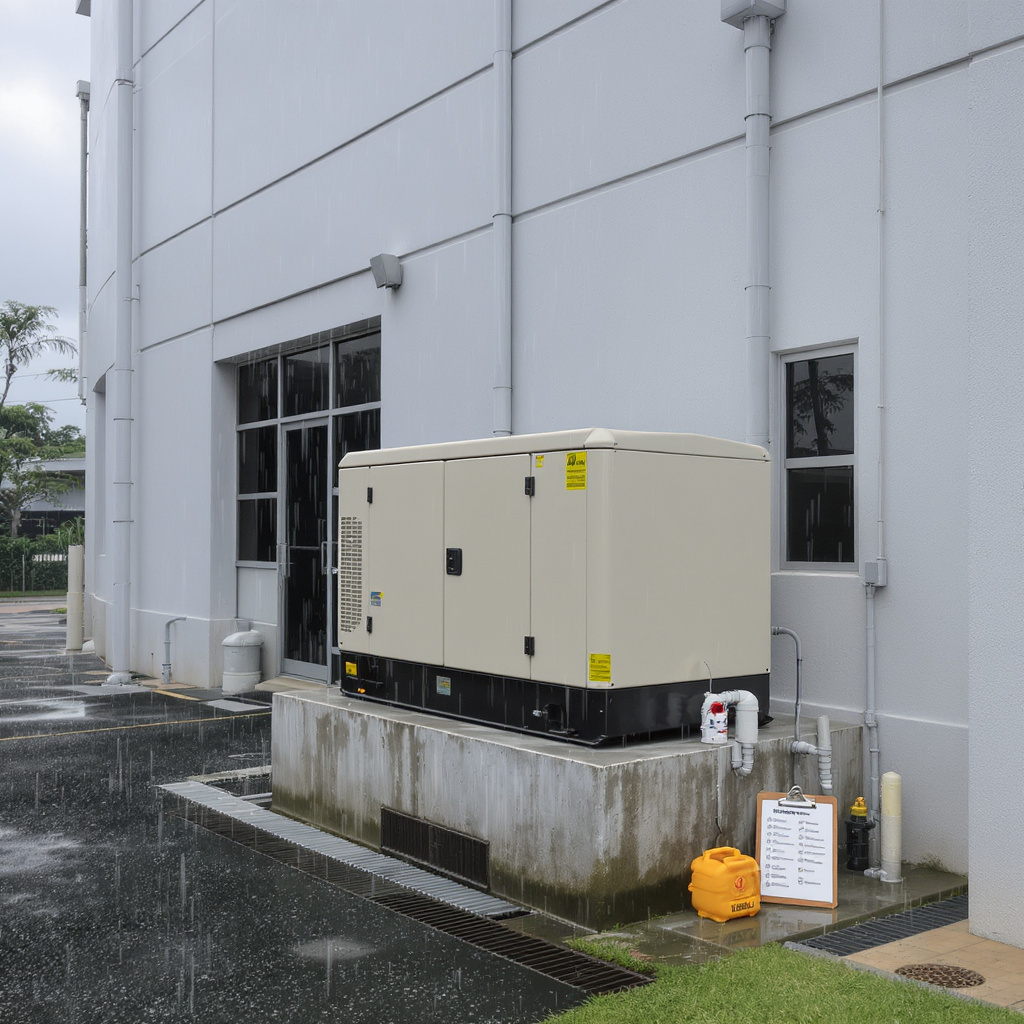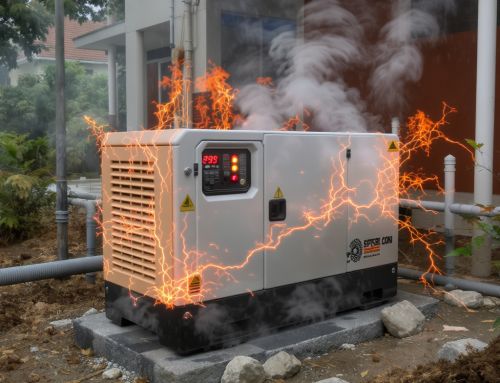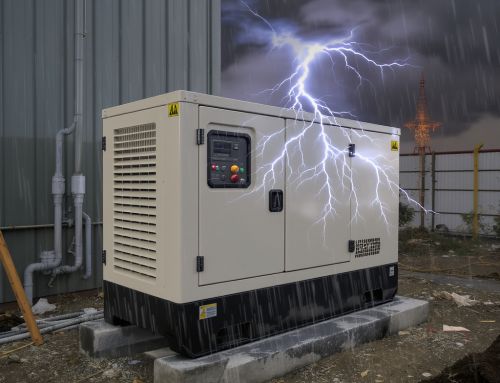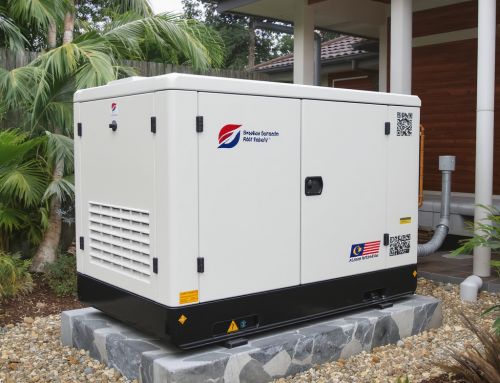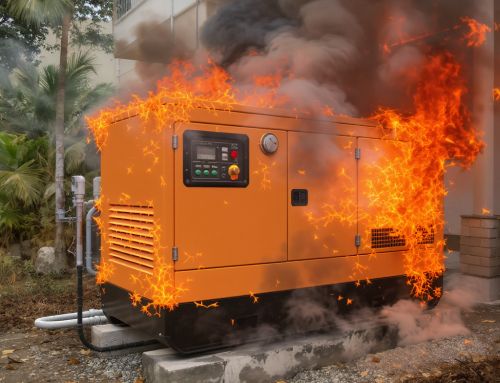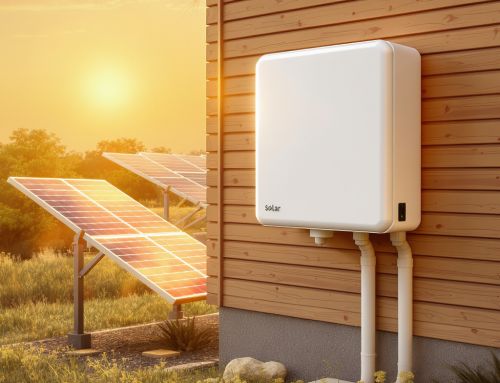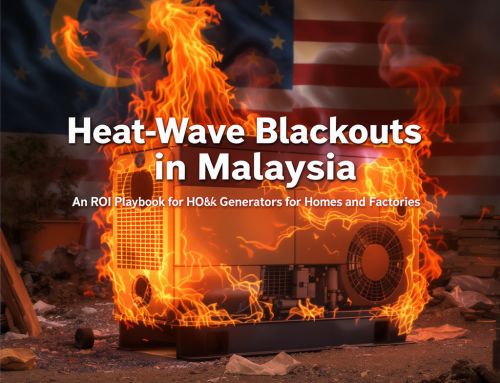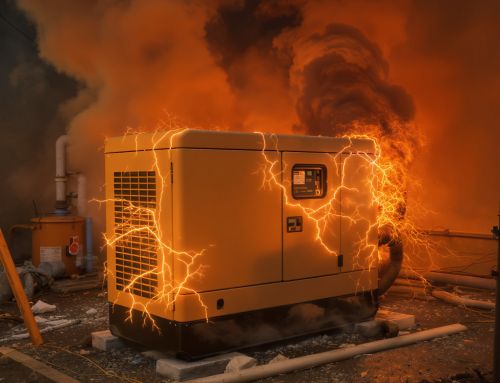How to Prepare Your Genset in Malaysia Before Monsoon & Storm Seasons
Malaysia’s monsoon seasons routinely test business continuity, construction schedules, and community services. A well-prepared generator (genset) is your frontline defense against power interruptions caused by heavy rain, lightning, flooding, and grid instability. Whether you run a commercial building, industrial site, or critical facility, the following field-proven checklist will help you safeguard uptime, reduce risk, and extend the life of your equipment.
Monsoon-Ready Genset Checklist
Use this quick-start guide to prepare your generator for sustained rain, wind, and potential flooding:
- Location and elevation: Confirm your genset is on a raised plinth or steel platform above historical flood levels. Verify access paths remain passable during heavy rain.
- Drainage and site grading: Clear debris from drains and ensure water run-off flows away from the genset, cabling, and fuel tank.
- Weather protection: Inspect canopy seals, louvers, door gaskets, and cable entries. Repair or replace worn weather strips to prevent water ingress.
- Fuel quality and storage: Top up diesel to reduce condensation in the tank. Check for water, sludge, or microbial growth; schedule fuel polishing if needed. Keep a spill kit nearby.
- Battery health: Test voltage and specific gravity. Clean terminals, tighten lugs, and consider replacing end-of-life batteries before the storm season.
- Air intake and exhaust: Remove obstructions, clean filters, and verify rain hoods and exhaust rain caps are intact. Ensure adequate ventilation in enclosed spaces.
- Cooling system: Inspect coolant levels, radiator fins, and hoses. Flush and replace coolant in line with OEM intervals; check for leaks under pressure.
- Lubrication: Check oil level and quality. Replace oil and filters per schedule, especially if the unit will run extended hours.
- Automatic Transfer Switch (ATS): Simulate a power failure to verify ATS transfer timing, sequencing, and interlocks. Confirm safe return-to-utility logic.
- Controls and monitoring: Confirm alarms, shutdowns, and remote monitoring are operational. Back up controller settings and keep a printed config sheet with service contacts.
- Cables and terminations: Inspect for abrasion, cracked insulation, or loose lugs. Elevate portable cable runs off the ground; use waterproof glands for penetrations.
- Spare parts and consumables: Stock oil, filters, belts, coolant, fuses, and a spare battery. Keep desiccant packs and tarps for emergency protection.
Flood-Proofing and Site Hardening
Monsoon planning is as much about civil works as it is about electrical preparation. Elevate the genset, secure the fuel system, and manage water pathways. Where flooding is possible, use sandbags as a last resort, elevate the control panel, and label emergency shut-offs. Add signage that remains visible in heavy rain.
Electrical and Controls: Don’t Skip the Details
Unexpected trips are often caused by moisture ingress into terminations, panels, and sensors. Apply dielectric grease where appropriate, re-torque critical terminations, and test earth resistance. For facilities with frequent voltage sags, consider soft-start strategies and staged load sequencing to prevent nuisance shutdowns after ATS transfer. If you operate sensitive electronics or variable loads, integrating a Battery Energy Storage System (BESS) can smooth transients, reduce generator sizing pressures, and improve fuel efficiency during start-up and low-load periods.
Operational Readiness: Test, Document, Repeat
- Load testing: Perform a wet-stacking preventive run or a resistive load-bank test to validate performance and burn off carbon deposits.
- Run schedule: Establish a weekly or biweekly exercise routine leading up to the monsoon, recording parameters like voltage, frequency, oil pressure, coolant temp, and load percentage.
- Documentation: Maintain an easy-to-read pre-storm checklist at the genset with emergency contacts and escalation procedures.
- Access and lighting: Confirm safe access routes, non-slip surfaces, and adequate task lighting for night-time call-outs.
Right-Sizing for Reliability
If your current unit struggles with start-up loads or prolonged outages, consider upgrading to a properly sized model. For small to mid-sized commercial sites, explore options like the 60 kVA MGM Generator. Facilities with higher demand or mission-critical processes may prefer the 100 kVA MGM Generator (Mark 12) for extra headroom and resilience. Our team can help you balance fuel efficiency, load profile, and future expansion plans.
When to Call the Experts
If you detect persistent alarms, unstable frequency, abnormal smoke, or difficulty starting after wet weather, call for professional support immediately. Preventive service and proper commissioning often cost far less than downtime, product losses, and safety incidents. For inspections, upgrades, or an emergency preparedness plan tailored to your site, contact our team.
Stay Powered, Stay Safe
Monsoon readiness is not a one-time task; it’s a disciplined routine that protects people, assets, and livelihoods across Malaysia and ASEAN. By elevating equipment, hardening your site, and validating the electrical and control systems, you build real resilience into your operations.
Need help preparing your genset before the next storm? Reach out now: genset@genset.com.my or +60129689816. Our specialists are ready to plan, install, and maintain robust power solutions that keep you running—rain or shine.

